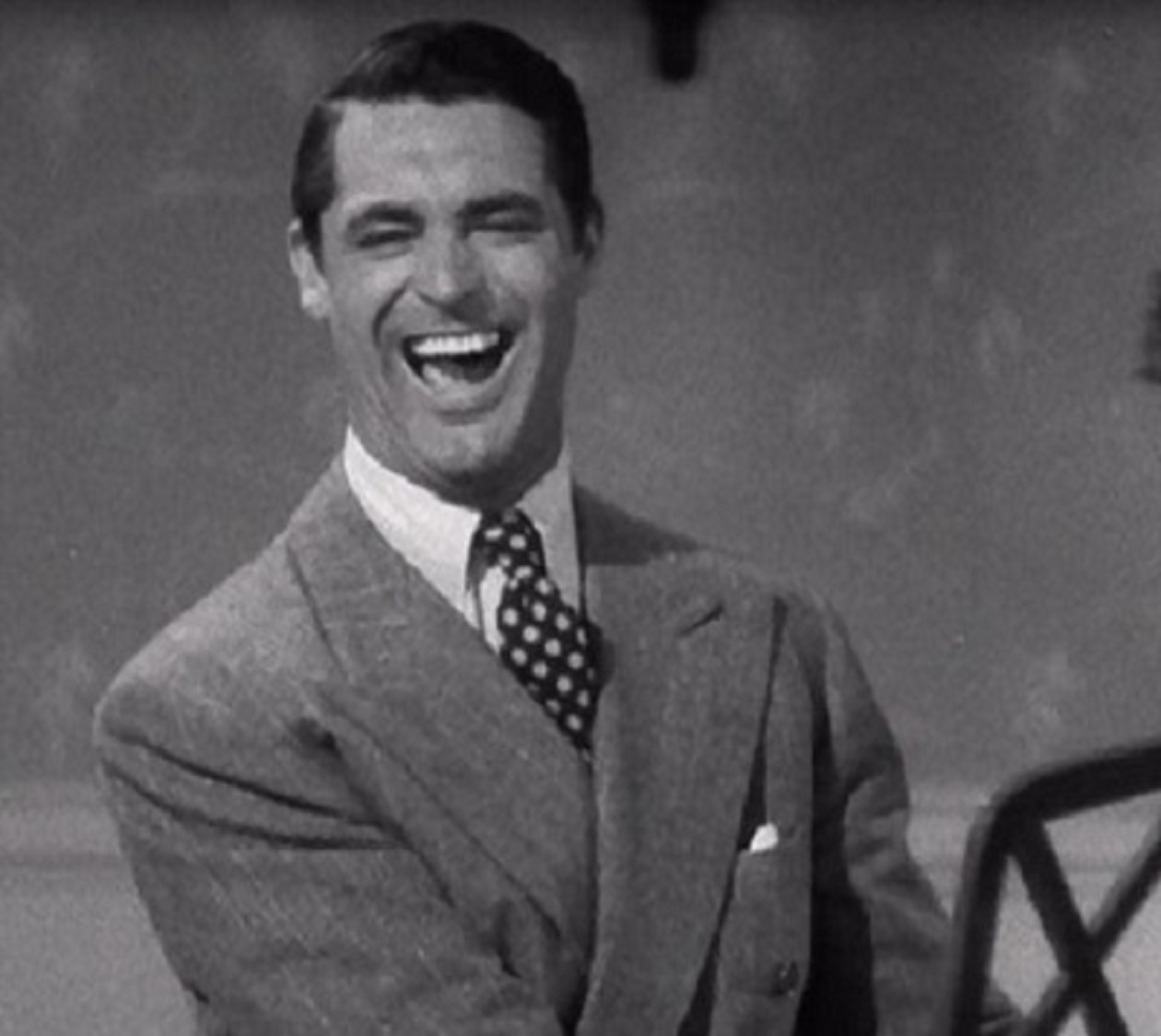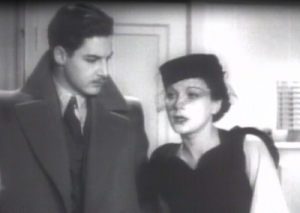The 39 Steps (1935): The Charming Film You’ve Already Seen
Like most of us, I’m not fond of clichés, of dark and stormy nights and ladies in distress, of hearts described as broken, or stomachs filled with butterflies. But when watching classic films, I sometimes find that what was then original has today become commonplace. The 39 Steps includes many of the types of plots and characters I’ve read/viewed too many times before: the mysterious spy, the man on the run from the authorities, state secrets, even a villain with a missing digit (six-fingered man, any of you Princess Bride fans?) By all logic, the sheer thought of the film should start me napping. But this is Hitchcock, and as always, he manages to lure me in. Just how does he do it?
Deflation of the Cliché
The general rule of cliché use is confession: if you must use it, at least admit to it instead of pretending you came up with “happy as a clam” on your own. The hero of the film, Richard Hannay (Robert Donat), dismisses the warnings of a lovely secret agent as just one of those spy novel clichés—much as we do. And then, even better, he offers this melodramatic oddball who has asked him for shelter some haddock. (Could there be a less glamorous response to a tale of secret agents?) When the agent is suddenly killed and Hannay is forced to flee to avoid being framed and to save England from a terrible plot, the passengers on the train where he hides talk about the murder, but cannot long be waylaid from their lingerie sales pitches. How brilliant is this? To use the cliché, and simultaneously make fun of it?
Vivid Characters
I can tolerate stock situations and phrases much more than generic personalities—the clown, the ditz, etc. Hitchcock and his writers infuse more life into minor characters than many filmmakers do their main players. Take just one brief interaction with a couple during Hannay’s flight. Early in the movie, the hero has escaped to a crofter’s (John Laurie’s) house. There, he charms the man’s wife (Peggy Ashcroft) with his cultured ways and solicits her help when she discovers his identify. Although the crofter is rough and stern, speaking of sin with an eye toward his wife, it’s hard not to pity as well as judge him: What kind of hope does this guy have of retaining his much younger spouse’s affections, with this charmer in his home? Or even when the handsome interloper departs?
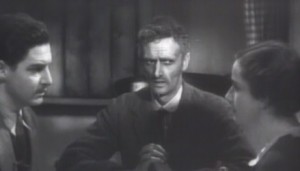
We flinch when the crofter slaps his wife for giving the fugitive his coat. But we know that while his action was unjustified, his anger was earned. We know that she would have done far more than that for and with Hannay, given the chance.
Suspense
The dark lighting, the creepy villain, and the barren Scottish setting all contribute to our fright at Hannay’s situation. But there’s more to it. Mary Stewart once wrote that the “chief and terrible miracle” of the novel the film is based upon is “the unceasing and intelligence vigilance of every member of the population.” And it’s true. Everyone seems to be aware there’s a killer on the loose, and everyone seems eager to assist the police in capturing him. Therefore, we viewers doubt Hannay’s ability to escape. One very brief respite from the threat of strangers is when he is mistaken for a speaker at a political rally and (as in Fletch) gives a rousing talk. His subject is the “idle rich.” The eyes watching him, his recognition that he’s going to have to make something up, his forgetfulness about the handcuffs he’s wearing—all of it is terribly funny.
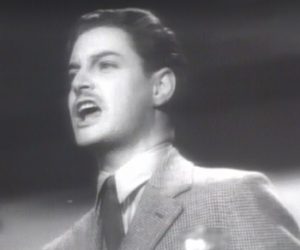
Here, as elsewhere, we’re with the crofter’s wife. This hero is just so compelling. How could everyone not trust him?
There’s so much more to enjoy: an adult version of Encyclopedia Brown, a strategic use of a train whistle, sheep blocking Hannay’s captor’s car, the creepy uncovering of a villain, and an attractive stranger (Madeleine Carroll) bent on delivering Hannay to the police, with whom he shares an amusing night in handcuffs.
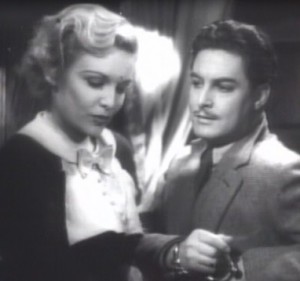
And above all, there’s Hannay’s significant moxie in dealing with the obstacles in his way.
Have we seen this film before? Yes. Have we witnessed heroes like this one? Oh yes. (Richard Kimble, John McClane, Nick Charles—this list goes on.) Will these factors stop anyone from enjoying the film?
Not a bit.
